1. This was the decisive naval battle of the Ionian Rebellion. The Battle of Lade was the last attempt by the Ionian city-states to resist Persian rule, and their defeat marked the end of the rebellion. Photo: Pinterest.
2. The battle took place off the coast of Lade Island near the city of Miletus. The battle took place in the waters near Lade Island, off the port of Miletus – a major cultural and commercial center of the Ionians at the time. Photo: Pinterest.
3. The Ionian forces had an initial numerical advantage. The Greek fleet, comprising approximately 353 warships from city-states such as Samos, Chios, Lesbos, and Miletus, outnumbered the early Persian navy. Photo: Pinterest.
4. Defeat due to internal divisions and betrayal. Victory slipped from the Ionians' grasp when Samos and some allies retreated mid-battle, causing their formation to crumble and allowing Persia to win. Photo: Pinterest.
5. This led to the destruction of the city of Miletus. After the battle, the Persian army entered Miletus, devastating the city, killing or enslaving most of its inhabitants, marking the collapse of the greatest center of Ionian civilization. Image: Pinterest.
6. One of the most painful defeats in ancient Greek history. The defeat at Lade left a deep and lasting trauma in the minds of ancient Greeks, to the point that Herodotus described it as an "unforeseen catastrophe" for the Ionians. Photo: Pinterest.
7. Demonstrates Persian military superiority. The victory at Lade showcased the Persian generals' ability to coordinate and exploit the enemy's weaknesses, while also affirming their dominant position in Asia Minor. Photo: Pinterest.
8. It served as a prelude to later invasions of Greece. After suppressing the Ionian Rebellion, the Persian Empire under Darius I began preparing for campaigns to invade mainland Greece, leading to famous battles such as Marathon and Thermopylae. Photo: Pinterest.
Source: https://khoahocdoisong.vn/tran-hai-chien-khien-hy-lap-that-bai-tham-truoc-de-che-ba-tu-post1550565.html


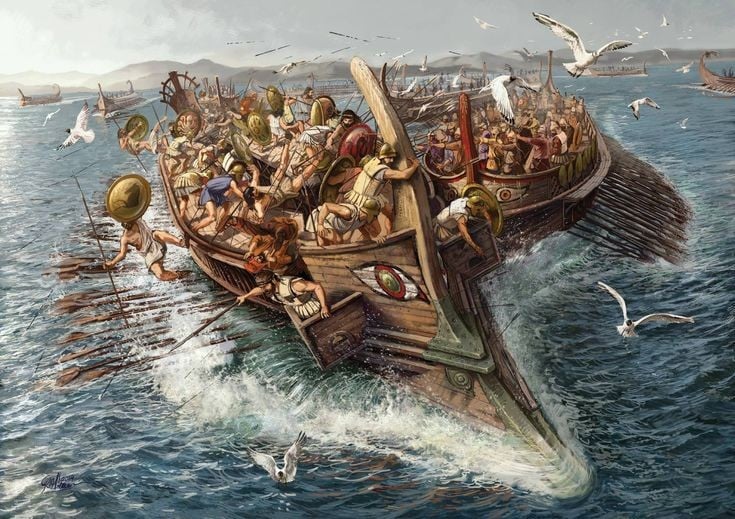
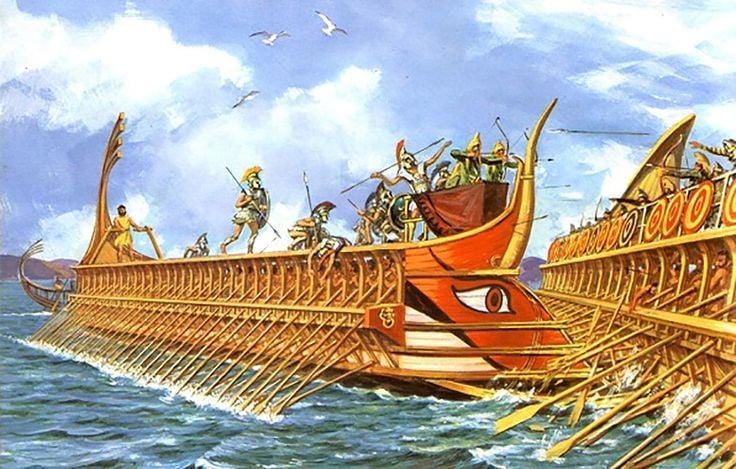
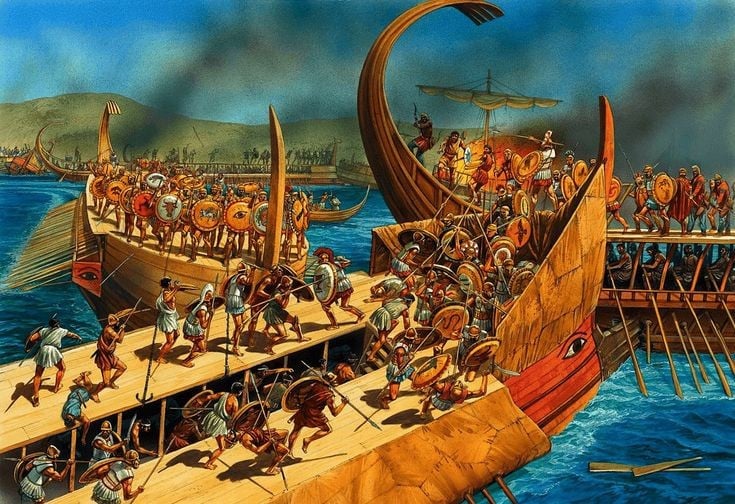
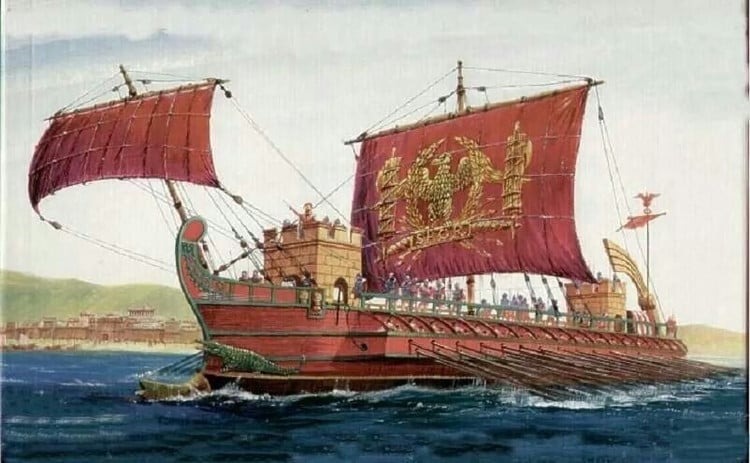
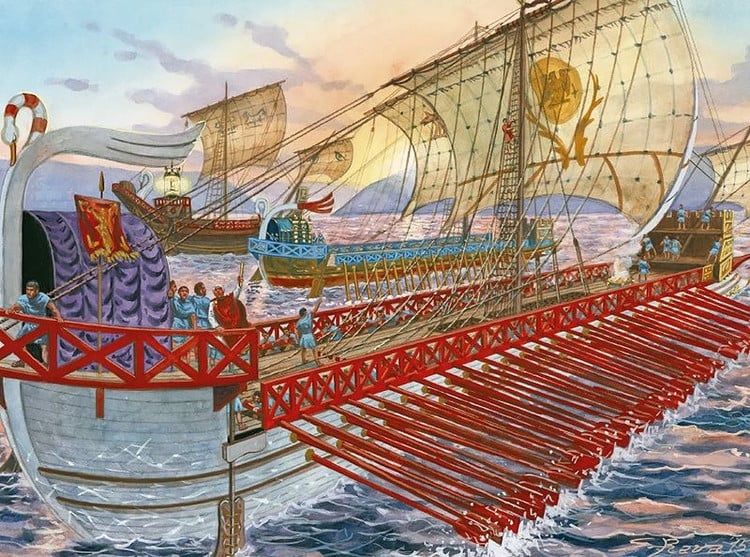
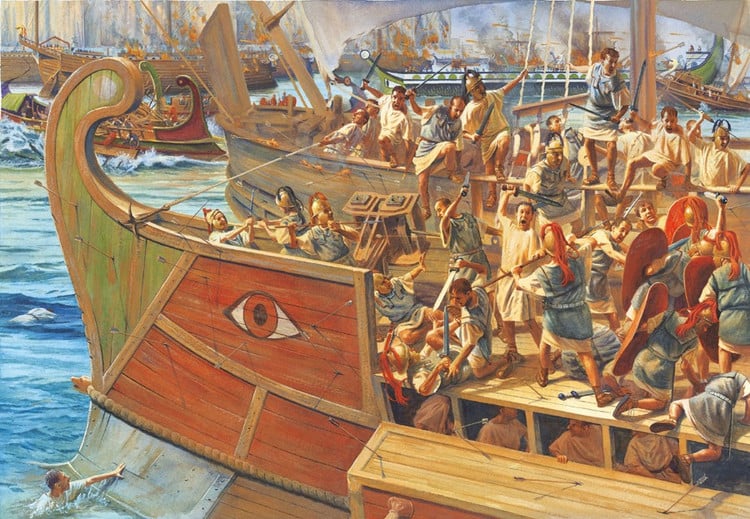
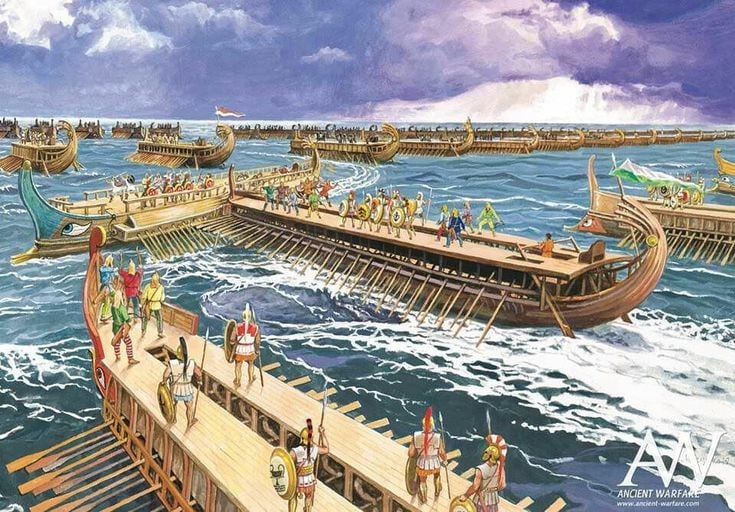
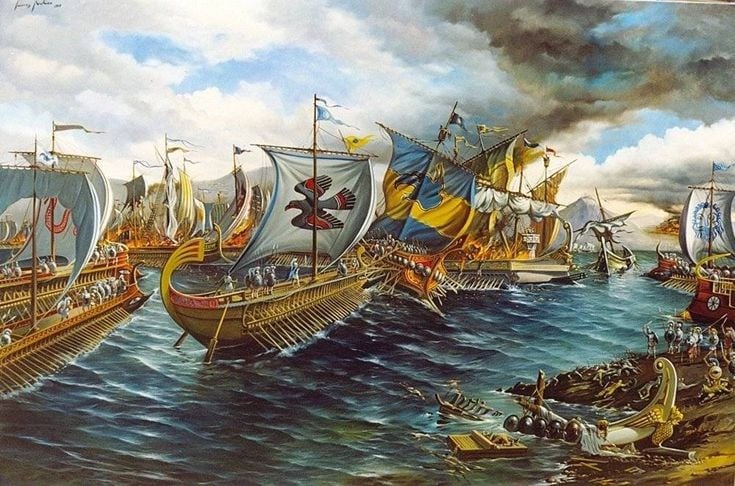


![[Live] 2025 Community Action Awards Gala](/_next/image?url=https%3A%2F%2Fvphoto.vietnam.vn%2Fthumb%2F1200x675%2Fvietnam%2Fresource%2FIMAGE%2F2025%2F12%2F16%2F1765899631650_ndo_tr_z7334013144784-9f9fe10a6d63584c85aff40f2957c250-jpg.webp&w=3840&q=75)
![[Photo] Prime Minister Pham Minh Chinh receives Lao Minister of Education and Sports Thongsalith Mangnormek](/_next/image?url=https%3A%2F%2Fvphoto.vietnam.vn%2Fthumb%2F1200x675%2Fvietnam%2Fresource%2FIMAGE%2F2025%2F12%2F16%2F1765876834721_dsc-7519-jpg.webp&w=3840&q=75)
![[Image] Leaked images ahead of the 2025 Community Action Awards gala.](/_next/image?url=https%3A%2F%2Fvphoto.vietnam.vn%2Fthumb%2F1200x675%2Fvietnam%2Fresource%2FIMAGE%2F2025%2F12%2F16%2F1765882828720_ndo_br_thiet-ke-chua-co-ten-45-png.webp&w=3840&q=75)
![[Photo] Prime Minister Pham Minh Chinh receives the Governor of Tochigi Province (Japan)](/_next/image?url=https%3A%2F%2Fvphoto.vietnam.vn%2Fthumb%2F1200x675%2Fvietnam%2Fresource%2FIMAGE%2F2025%2F12%2F16%2F1765892133176_dsc-8082-6425-jpg.webp&w=3840&q=75)









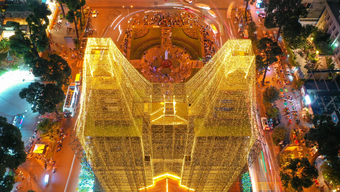












































![[Video] Independence and self-reliance linked with international integration through 40 years of reform](https://vphoto.vietnam.vn/thumb/402x226/vietnam/resource/IMAGE/2025/12/16/1765899635777_1-1-8054-png.webp)
























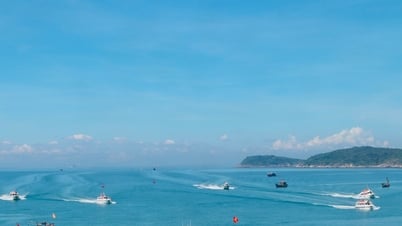












Comment (0)